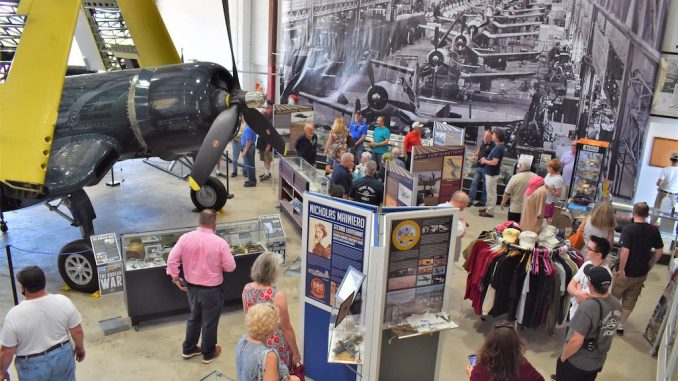
By Jerry M. O’Neill
In 1929, The Curtiss Flying School constructed a hangar on a small grass field, on the edge of a Long Island Sound salt marsh, in Stratford, Connecticut. For 92 years it had served the local aviation needs enduring hurricanes, floods, war, multiple tenants, two small additions its classic, stout structure and, most recently, a 15-year abandonment. Each time a new business moved in, they attempted to hide any signs of the previous occupant with a fresh coat of paint and a new logo, painted on the graceful, curved arch roof. Then, magically, after about 10-15 years, change would slowly occur.
Amazingly, like the legend of Brigadoon, a mythical Scottish village that reappears every 100 years for one day only, the paint would begin to peel and drop to the ground and slowly, ever so slowly, the original Curtiss script logo would reappear, retaining the last color of paint that was used. Red, gold, blue, whatever made up that 1929 paint, the original logo was the only part of that hangar arch that would retain the new paint. The Curtiss Hangar would not be forgotten. Repaint after repaint, that classic, script Curtiss logo would remerge, time and time again.
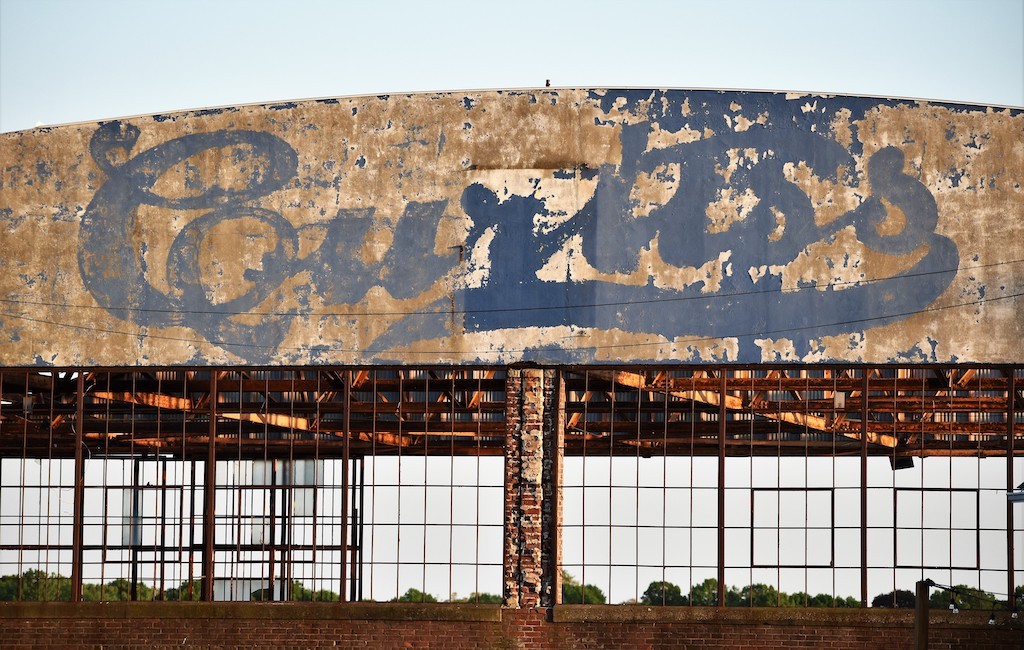
It will never have to quietly assert itself again. On Saturday, May 29, 2021, phase one of the preservation of this rare hangar, one of only two Curtiss Flying School Hangars left on the East coast, and the oldest existing hangar in Connecticut, began.
Now under the care of the Connecticut Air and Space Center, The Curtiss Hangar will live again as the centerpiece for the museum. In the 1960’s a small addition was attached to the vintage hangar for a maintenance facility. This 60 x 60, metal structure was in usable shape and CASC decided to renovate this section and open it to the public. It would now be able to serve two purposes; to help raise public awareness of the CASC and the restoration of the hangar, and to allow visitors under 18 to visit the museum. CASC President, Mark Corvino elaborates, “Our main displays, storage and restoration shop is located on the former U.S. Army Engine Plant across the street, but the provisions have been that no one under 18 could enter the facility, so an entire revenue stream for us was unavailable.”
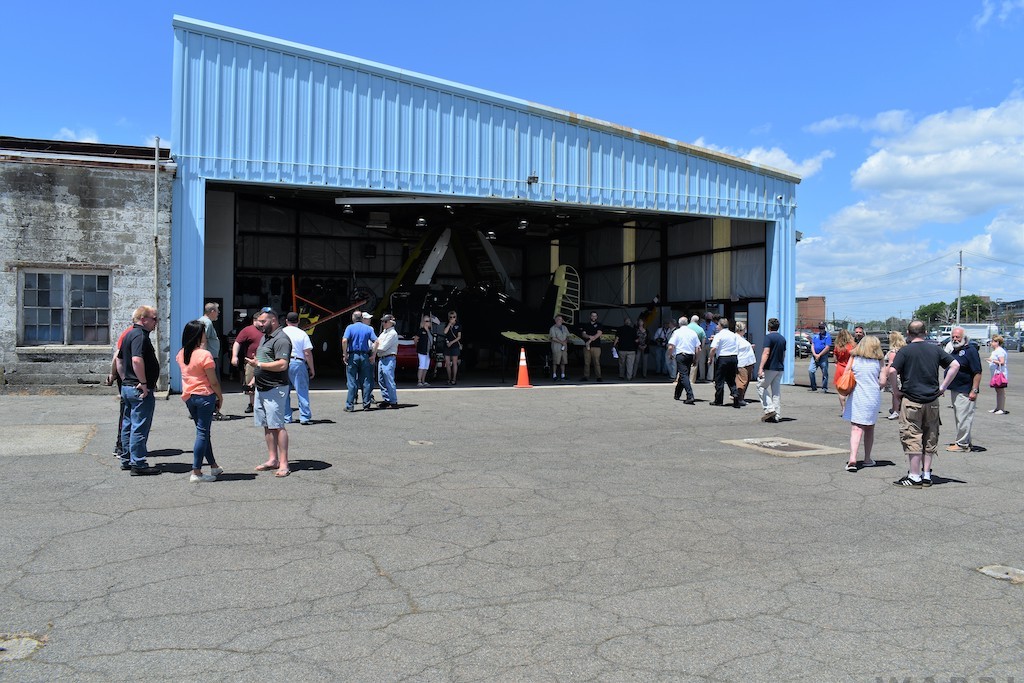
May 29 saw the Grand Opening of what has become known as the “Blue Building”. Three aircraft and the restored cockpit section of the one and only Sikorsky S-60 Skycrane, were fitted into the relatively small space. Many of the displays from across the street were carefully chosen, revamped and moved across to the new museum. “We had to really sharpen our focus.” says Corvino. “We had more exhibits than we had space, so each was specifically chosen to fit in with the aircraft we could display.”
Currently, the Goodyear FG-1D Corsair, a Vietnam combat veteran Hughes OH-6A Cayuse and a 1952 Sikorsky S-52/HO5S-1 helicopter are on display. With a generous donation of several surplus display cases from their friends at the New England Air Museum, the new facility came together in just 5 months.
“It was unbelievable!” stated Len Roberto, a CASC Volunteer and Board Member. “We had aircraft that were planned to fly-in to help to launch the museum, but when Saturday came, it was cold and rainy, with a huge puddle in our main parking lot, but the people just kept coming! It was non-stop traffic all day long!” Besides the aircraft displayed inside, outside on the ramp, CASC brought over their restored Sikorsky H-19 Chickasaw, aviation pioneer Gustave Whiteheads 1901 No. 21 flying replica, and airport resident Jack Bart displayed his beautiful Grumman Mallard and Paris Jet.
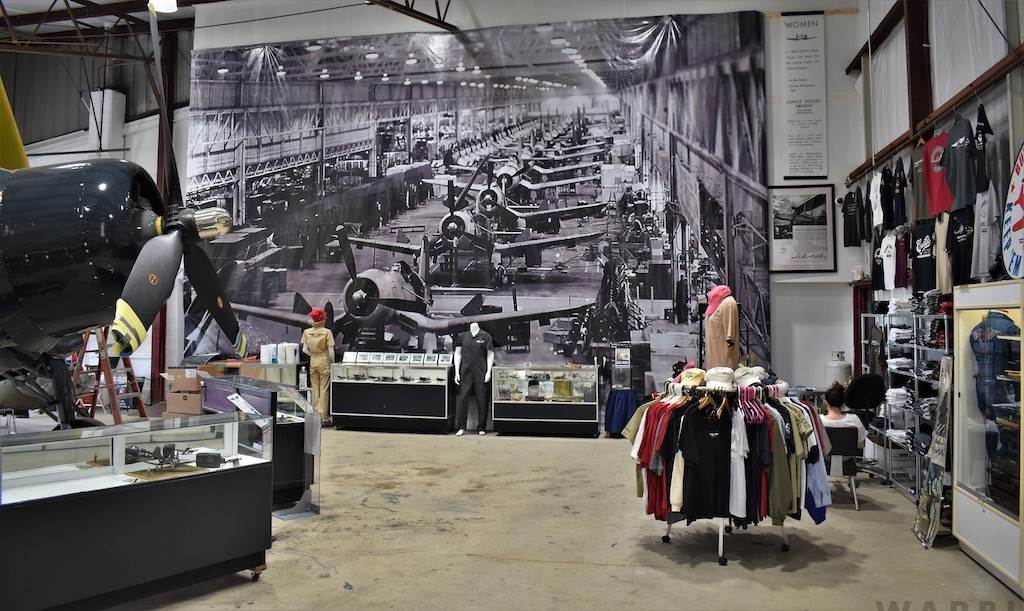
With the overwhelming success of the opening of CASC’s “Blue Building”, it is easy to see just how bright the future is for the vintage Curtiss Hangar. “The money to restore the Curtiss Hangar is in place and the restoration should be able to start within the coming months.”, says Corvino proudly. “It will increase our new display space by almost four times!” The construction is estimated to take about 18 months and when completed, the Curtiss Hangar will never be hidden again.
For information or to donate to help, visit www.ctairandspace.org


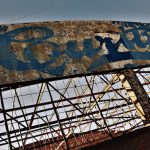
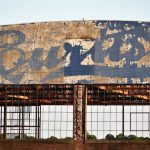
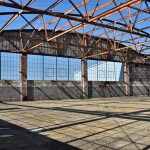
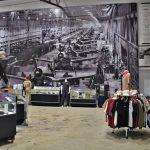
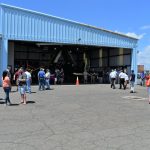
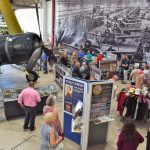
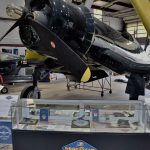
Be the first to comment
Graphic Design, Branding and Aviation Art